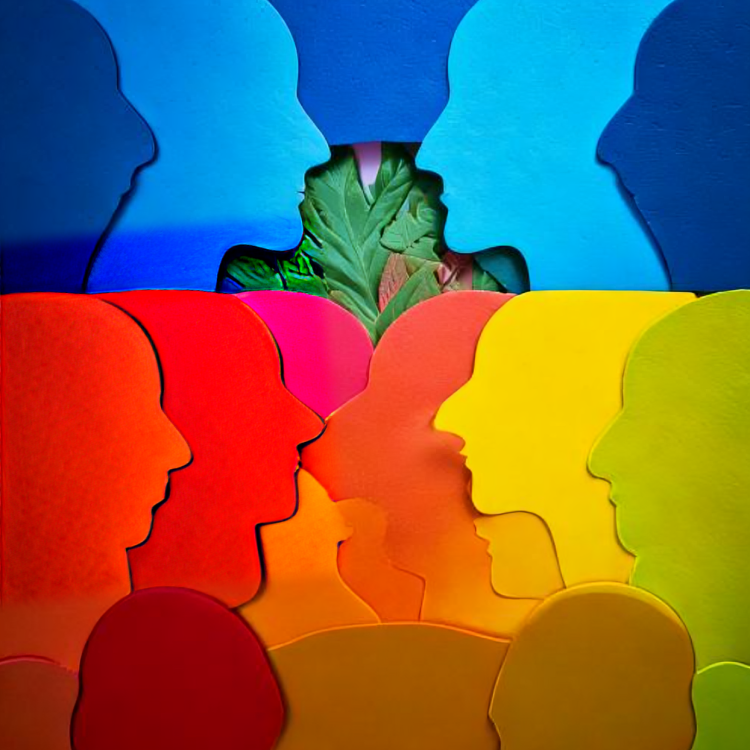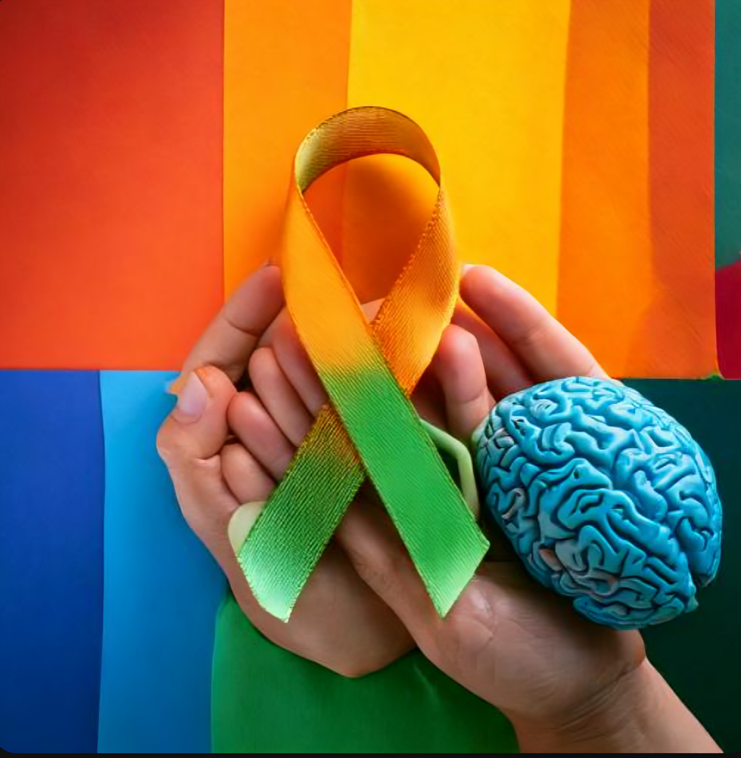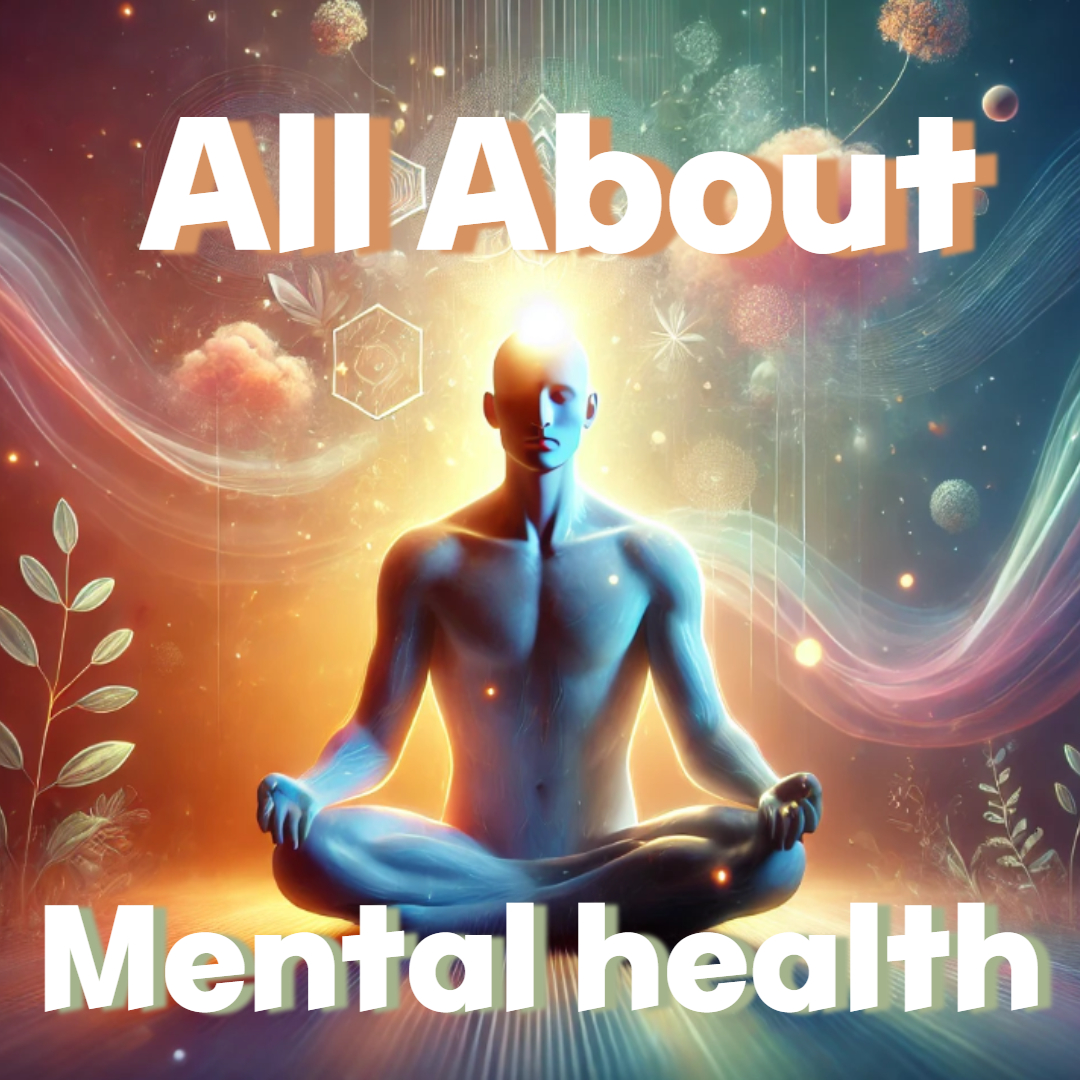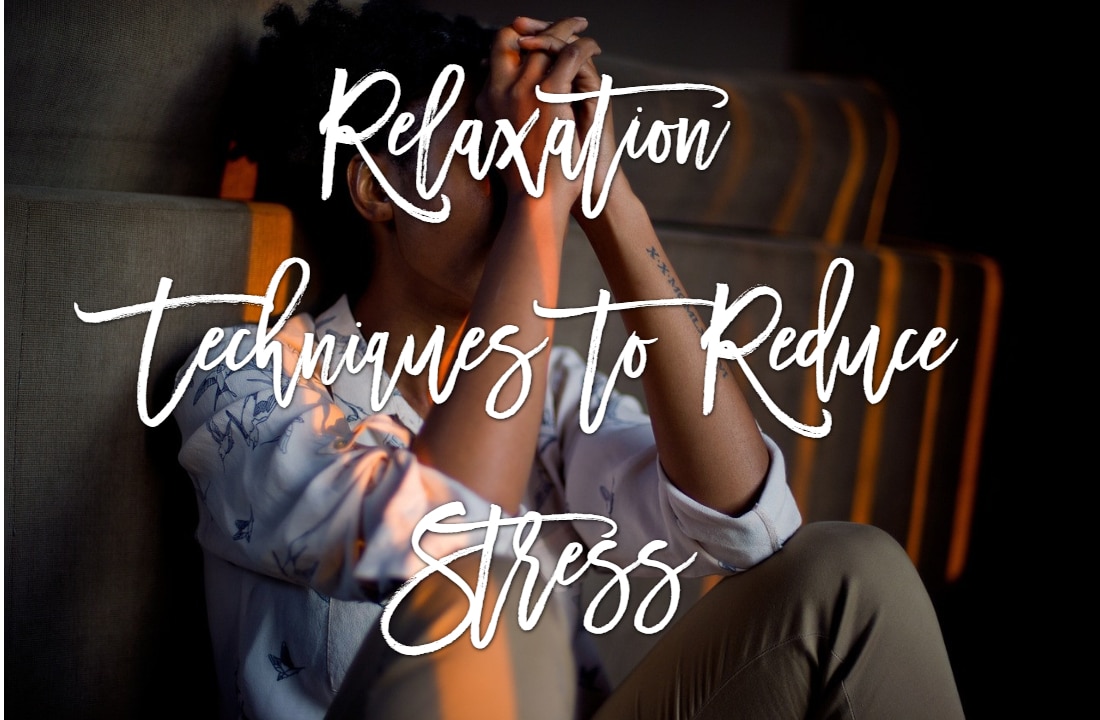Mental health awareness has gained significant traction over the years, and with that awareness comes the use of specific colors to symbolize support, understanding, and advocacy for mental health issues. These colors not only help in raising awareness but also serve as a visual cue for people to engage in conversations about mental health. This blog will explore the various colors associated with mental health awareness, their meanings, and how they contribute to the broader conversation surrounding mental health.
The Colors of Mental Health Awareness

1. Green: The Universal Color for Mental Health
Green is often recognized as the universal color for mental health awareness. It represents growth, renewal, and the hope that comes with healing. The use of green in mental health campaigns is particularly significant because it symbolizes the journey toward recovery.
- Symbolism: Green is commonly associated with nature and tranquility, making it a fitting color for discussions about mental well-being.
- Campaigns: Organizations like Mental Health America and the National Alliance on Mental Illness (NAMI) use green in their branding and promotional materials to advocate for mental health awareness.
2. Light Blue: A Color of Calmness
Light blue is another color often linked to mental health awareness. It conveys feelings of peace, serenity, and calmness—qualities that are essential in discussions about mental health.
- Symbolism: Light blue represents trust, stability, and confidence, which can be crucial for those struggling with mental health issues.
- Usage: This color is frequently utilized in campaigns aimed at reducing stigma and encouraging open conversations about mental health challenges.
3. Purple: Representing a Variety of Mental Health Conditions
Purple encompasses a range of mental health issues, particularly mood disorders like bipolar disorder. This color holds significance as a Mental Health Awareness Color for its associations with courage, strength, and wisdom.
- Symbolism: It symbolizes courage, strength, and wisdom. It is a reminder that mental health issues are serious and deserve attention and empathy.
- Awareness Initiatives: The color purple is often used in campaigns focusing on awareness of specific conditions, like Alzheimer’s disease and general mental health issues.
4. Yellow: The Color of Optimism
Yellow is frequently associated with happiness, optimism, and hope. Its bright and cheerful appearance can help uplift spirits, making it a powerful color in mental health advocacy.
- Symbolism: It represents a positive outlook on life and the belief that recovery and happiness are attainable.
- Campaigns: Yellow is often used in campaigns to highlight the importance of seeking help and maintaining a positive mindset.
5. Orange: A Color of Energy and Enthusiasm
Yellow is frequently linked to happiness, optimism, and hope, making it a powerful Mental Health Awareness Color. Its bright and cheerful appearance can uplift spirits, encouraging positive discussions around mental health.
- Symbolism: The color orange is associated with creativity and adventure, making it suitable for campaigns aimed at inspiring people to take charge of their mental well-being.
- Initiatives: Organizations may use orange during specific mental health awareness months to spark conversations and motivate action.
The Importance of Mental Health Awareness Color

1. Visual Recognition and Engagement
Colors serve as powerful tools for recognition. When people see specific Mental Health Awareness Colors, it can trigger thoughts and conversations about the topic. This visual engagement is crucial in reducing stigma and promoting understanding.
2. Creating a Sense of Community
Colors associated with mental health can foster a sense of belonging among individuals who have experienced mental health challenges. Wearing or displaying these colors can help people connect and share their stories, creating a supportive community.
3. Encouraging Conversations
Mental Health Awareness Colors can be effective conversation starters. When someone wears a green ribbon or displays a purple flag, it can prompt discussions about mental health, allowing individuals to share their experiences and insights. This is essential for breaking down the barriers that often surround mental health topics.
4. Raising Funds and Awareness
Many mental health organizations use specific colors in fundraising campaigns. Whether it’s a walk, a run, or a community event, these colors can help rally support and raise awareness about mental health initiatives, ensuring that important conversations continue.


Comment:
Hello,
I wanted to express my gratitude for this insightful article on the significance of mental
health awareness colors. It’s fascinating to learn how each color –
green, light blue, purple, yellow, and orange – carries its
unique symbolism and contributes to the broader conversation surrounding mental health.
The use of green as the universal color for mental health, symbolizing growth and renewal,
resonates deeply with me. It’s a powerful reminder that healing and recovery are possible.
Similarly, the use of light blue to convey feelings of peace and
calmness is a beautiful representation of the tranquility we all aspire to
achieve in our mental health journeys.
I also appreciate the focus on purple, representing a variety of
mental health conditions, and yellow, the color
of optimism, in mental health campaigns. These colors serve as beacons of hope and positivity, encouraging people to seek help and
maintain a positive mindset.
The discussion on the importance of mental health awareness colors is particularly enlightening.
Visual recognition, creating a sense of community, encouraging conversations,
and raising funds and awareness are all crucial aspects of mental health
advocacy.
Thank you for shedding light on this topic.
I believe that by understanding and embracing these colors, we can contribute to breaking down the barriers surrounding mental health and foster a more
compassionate and understanding society.
Best regards,
Effie